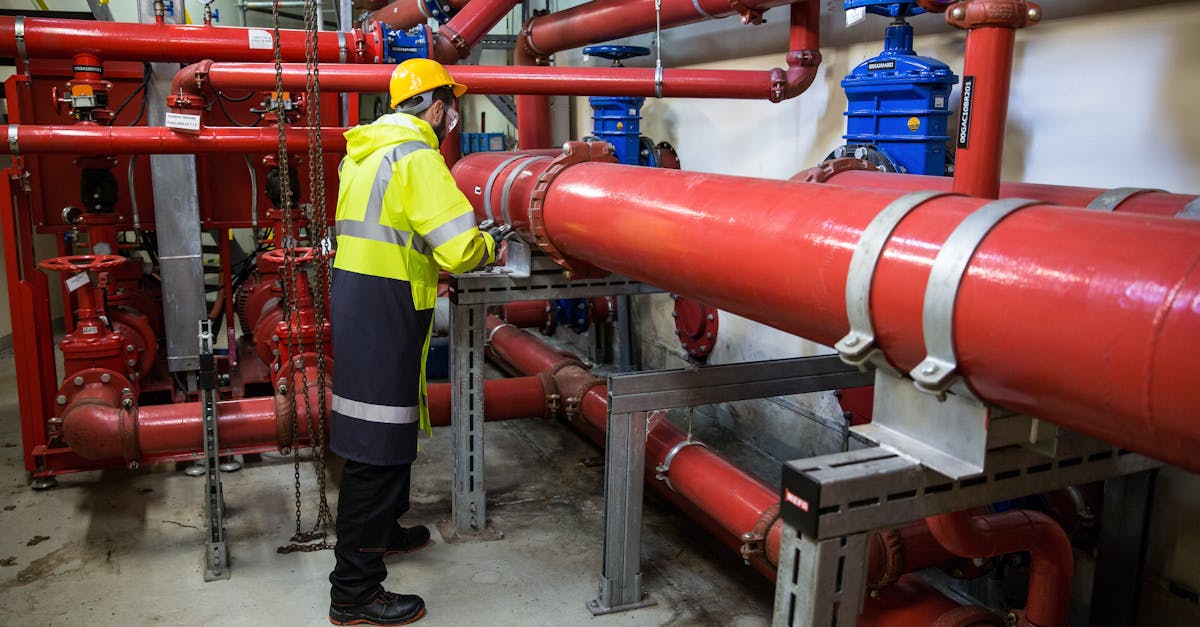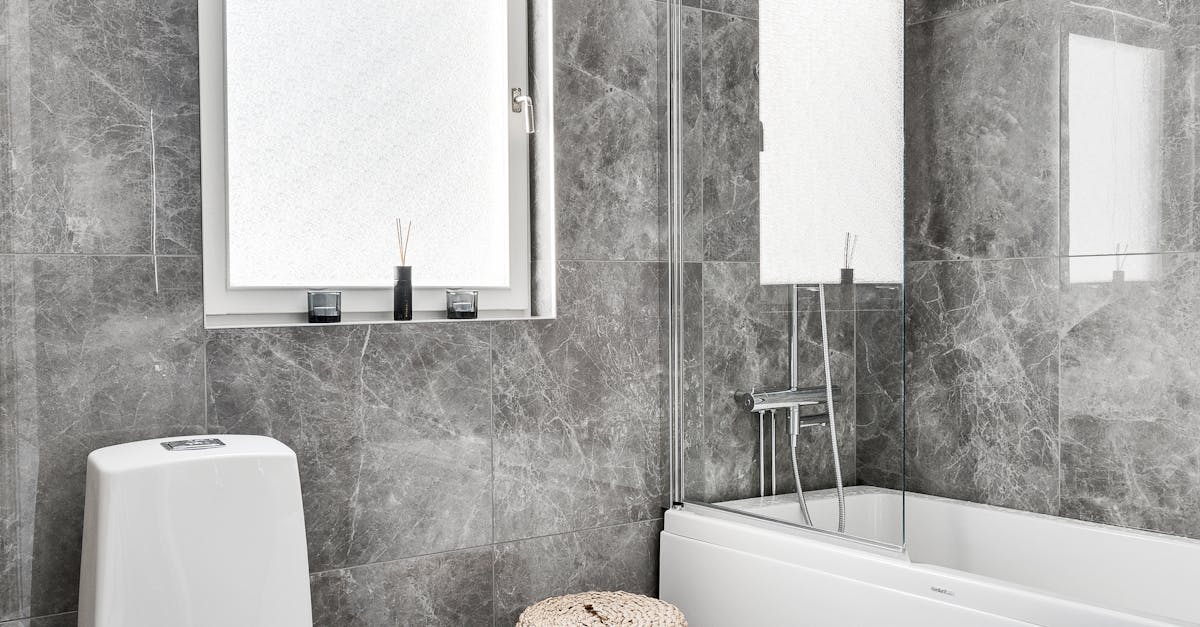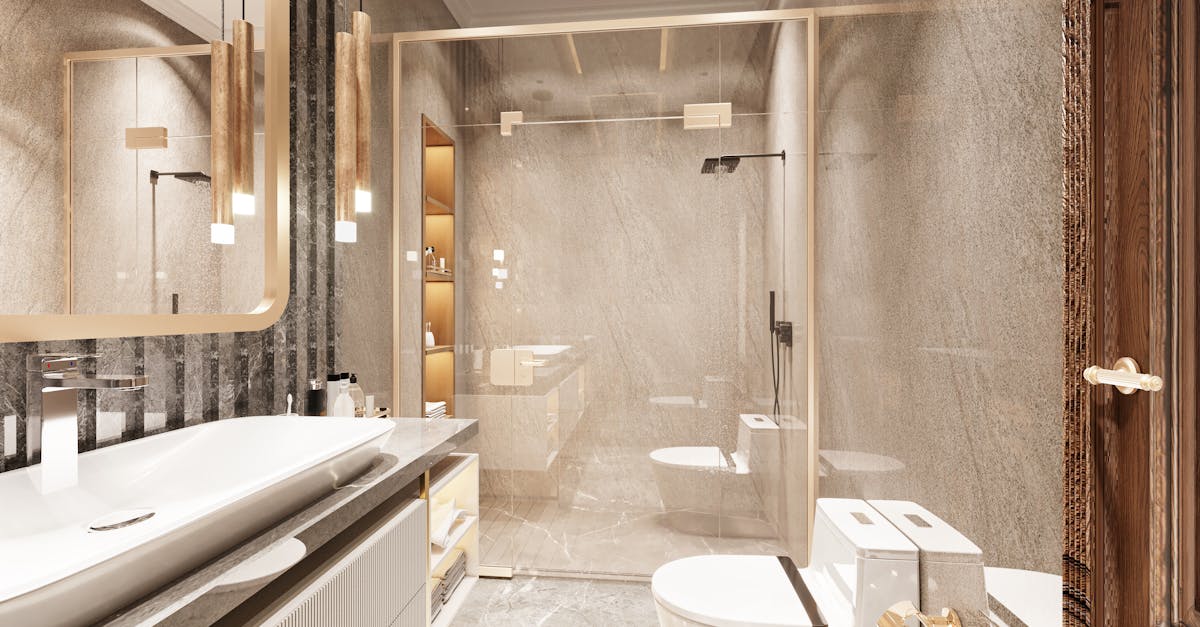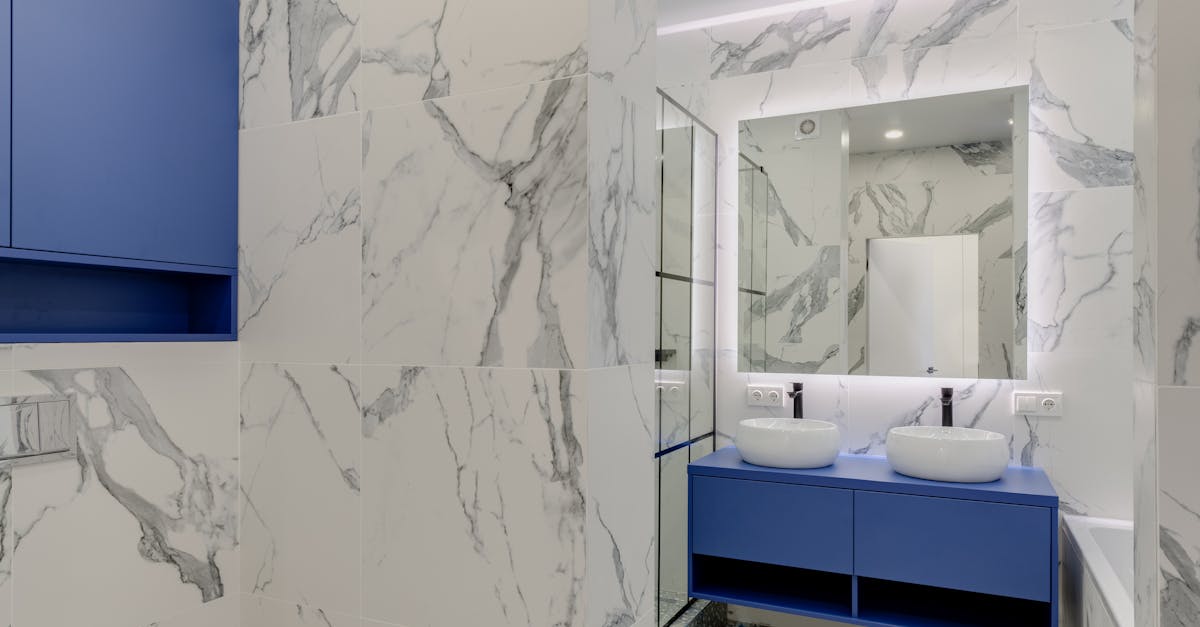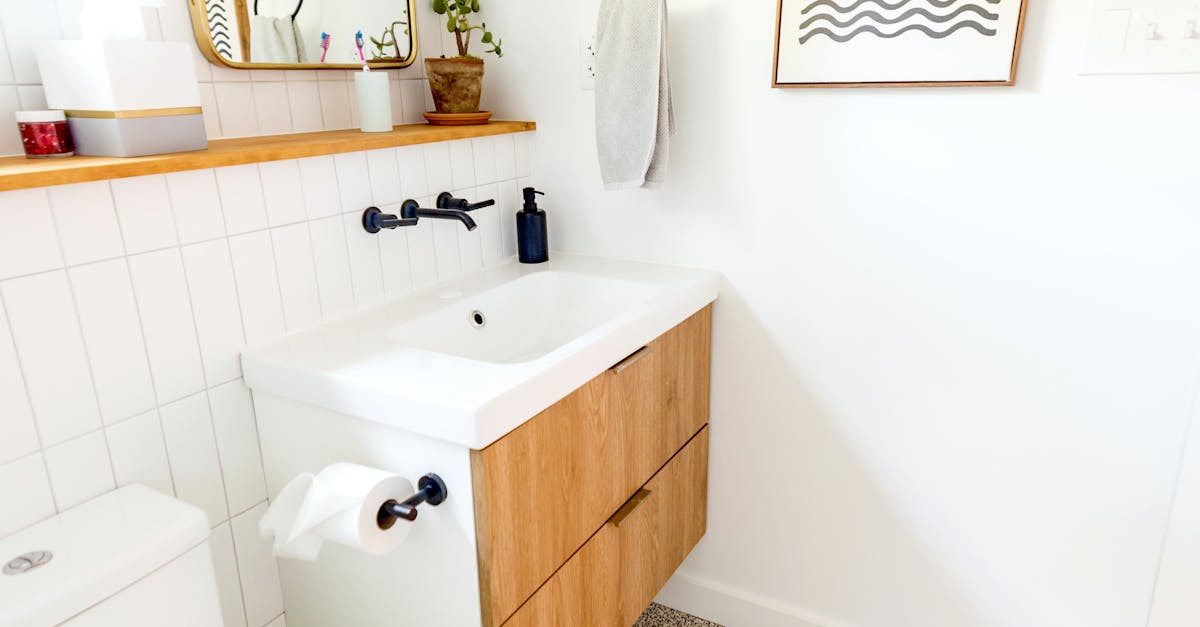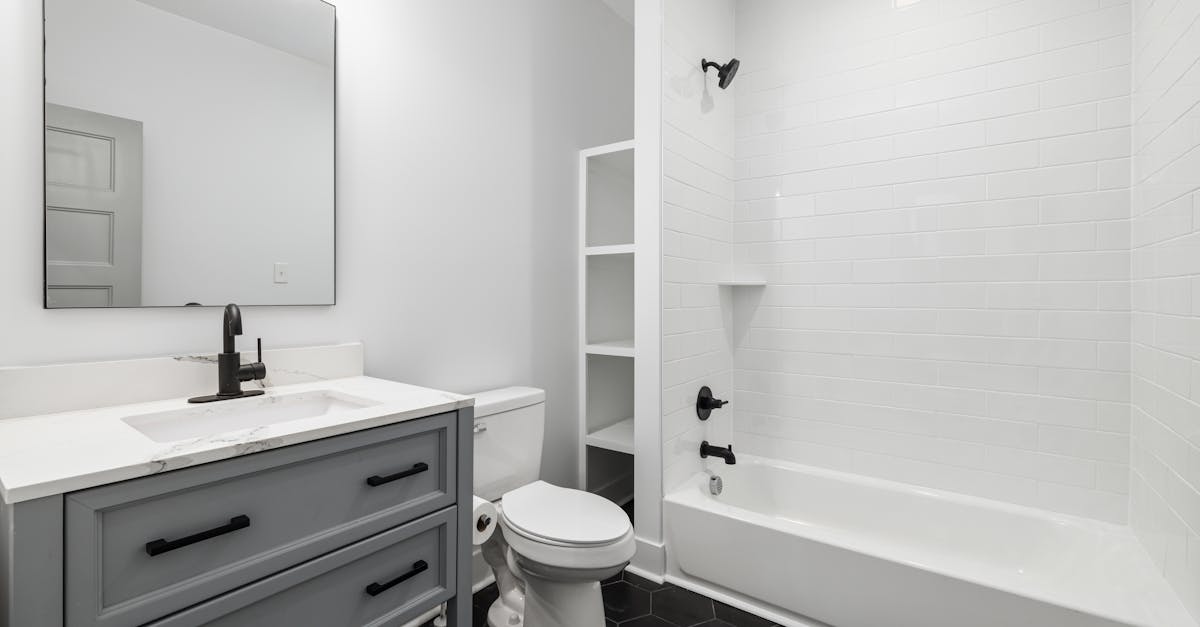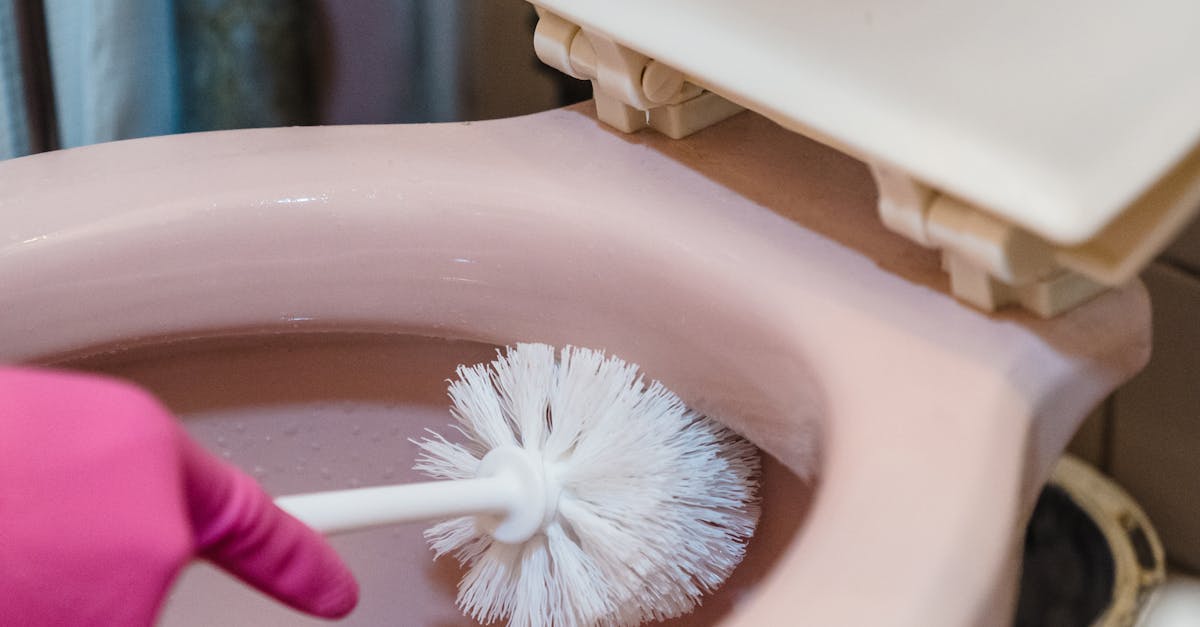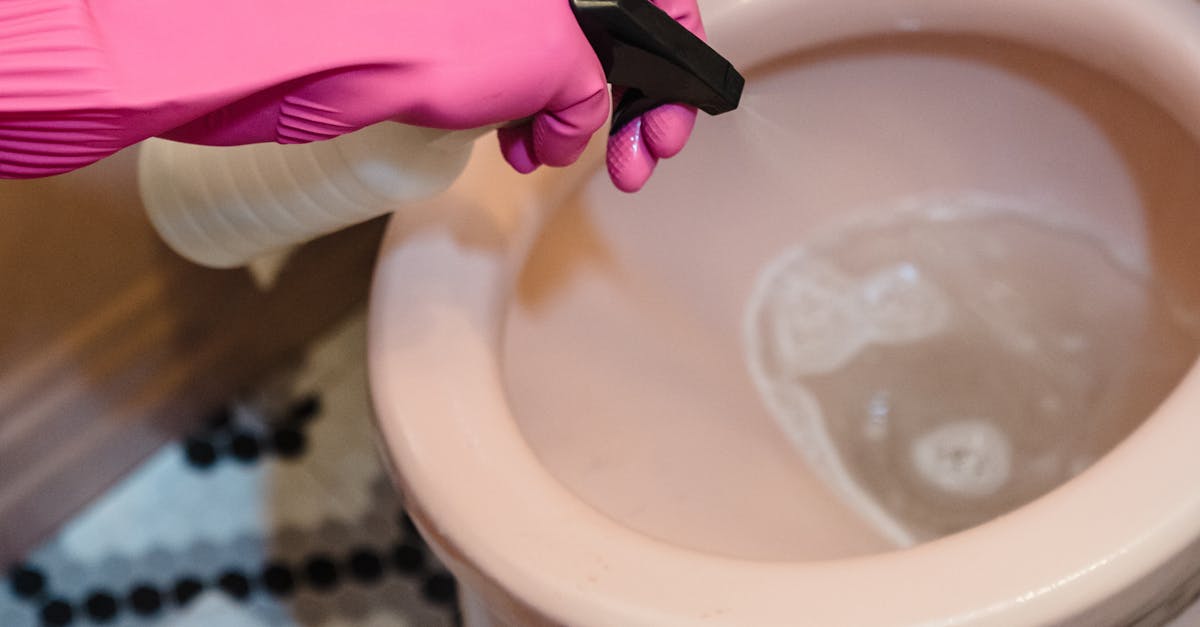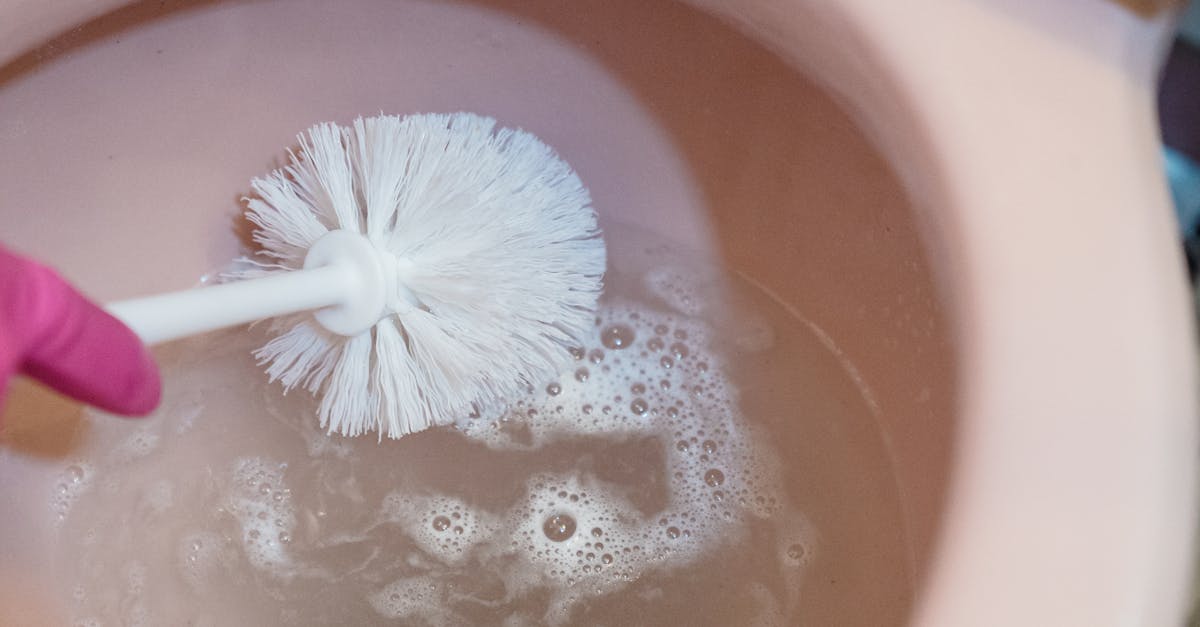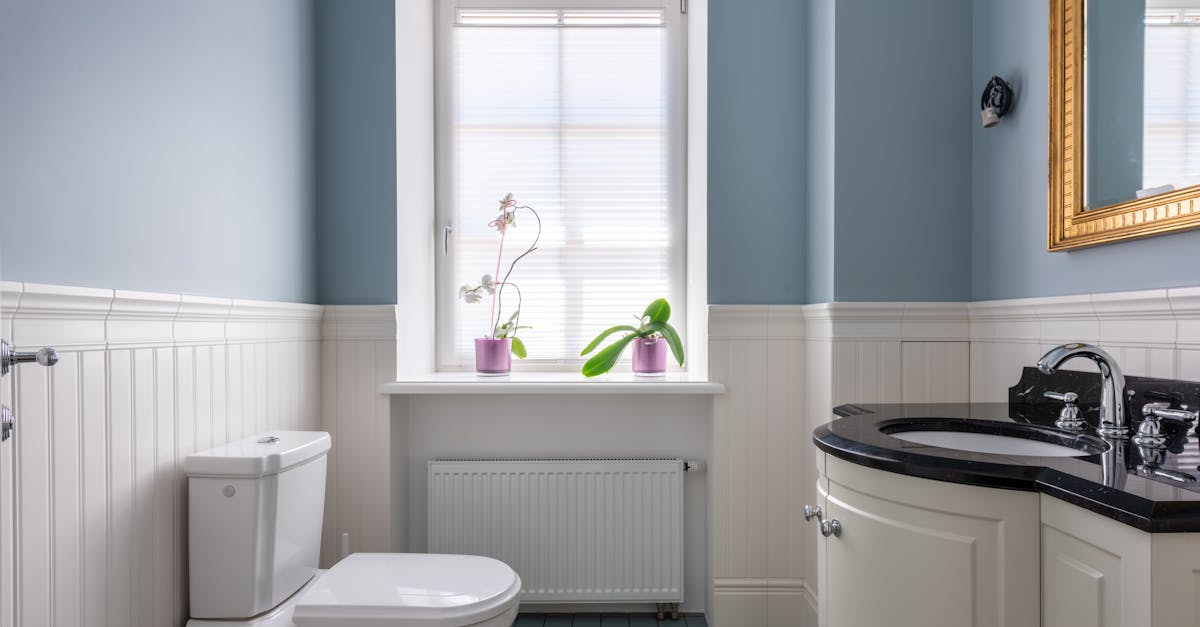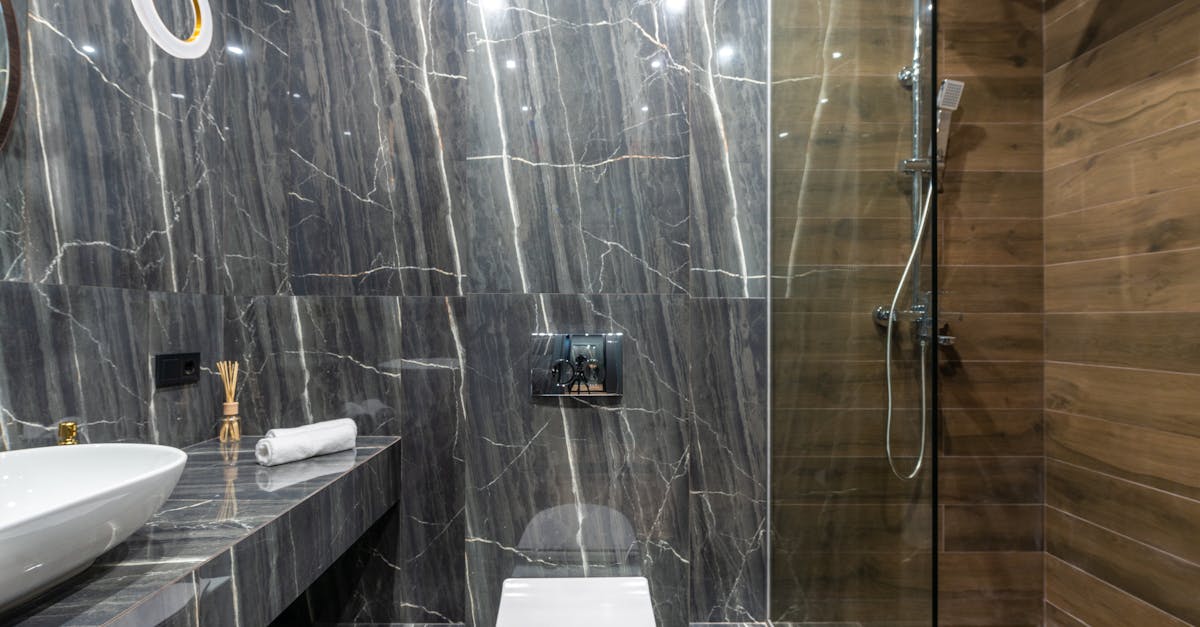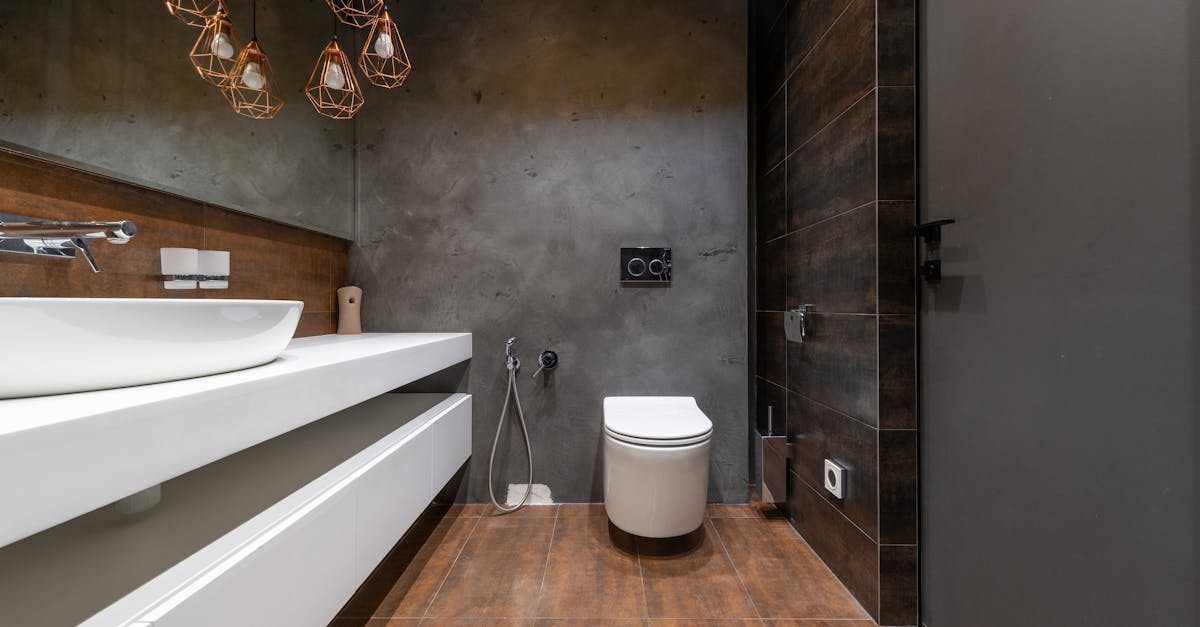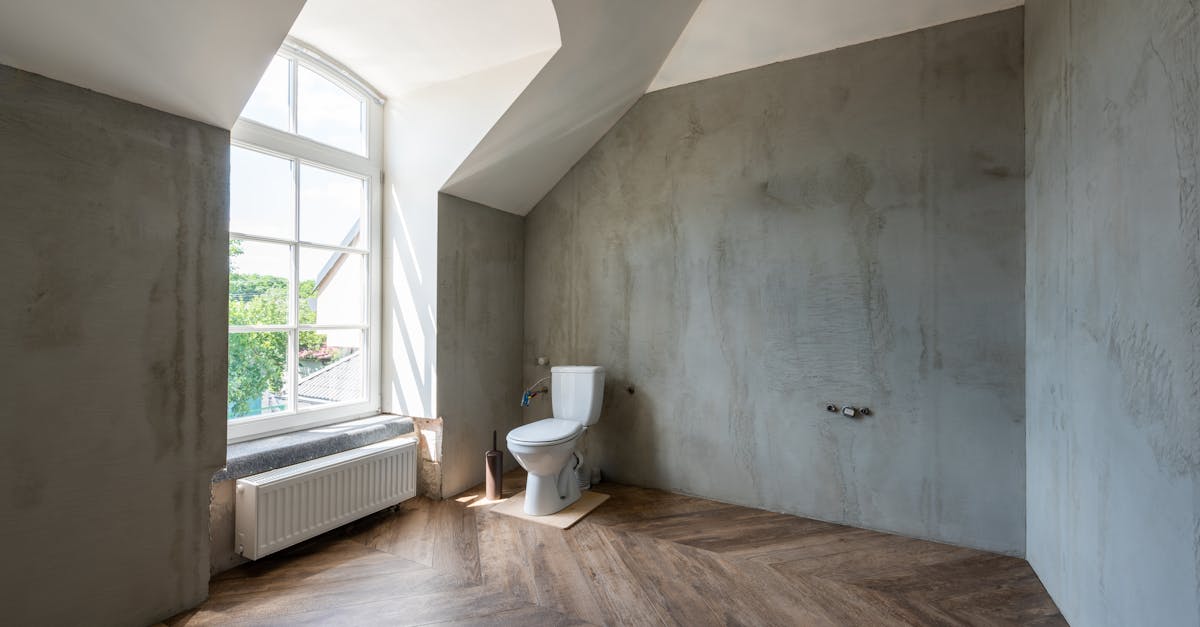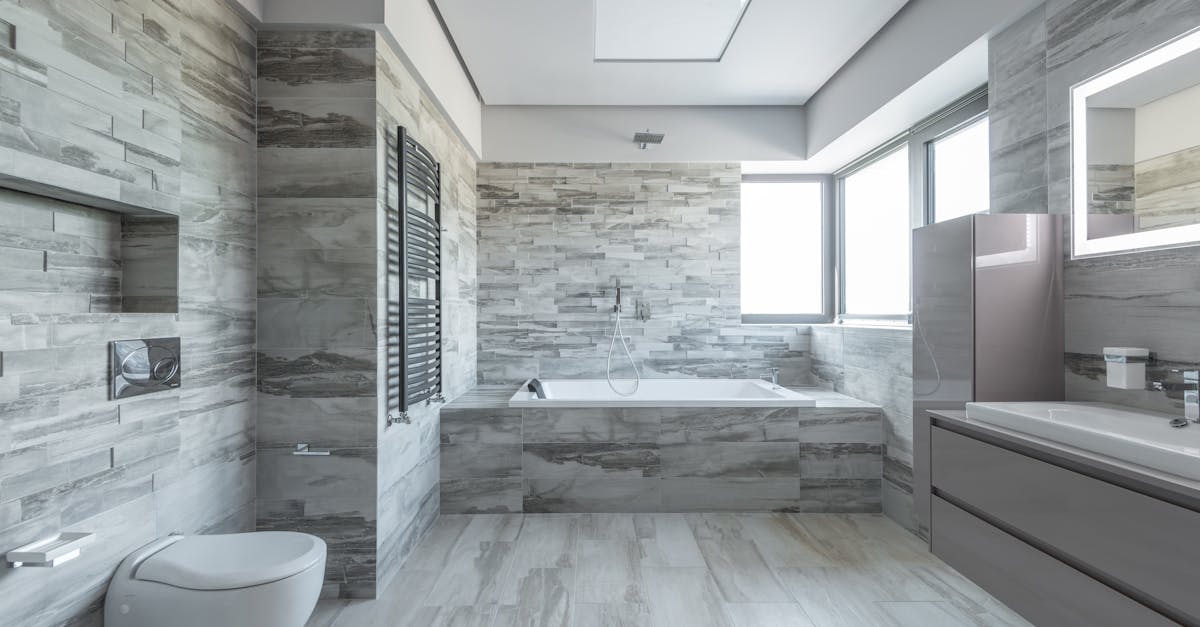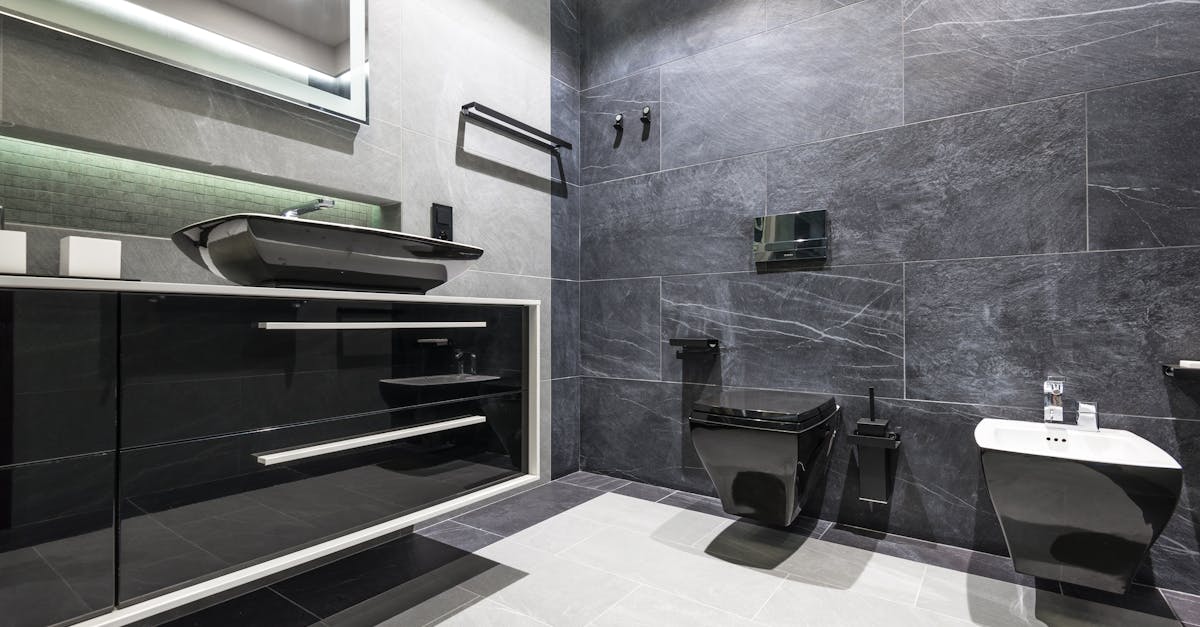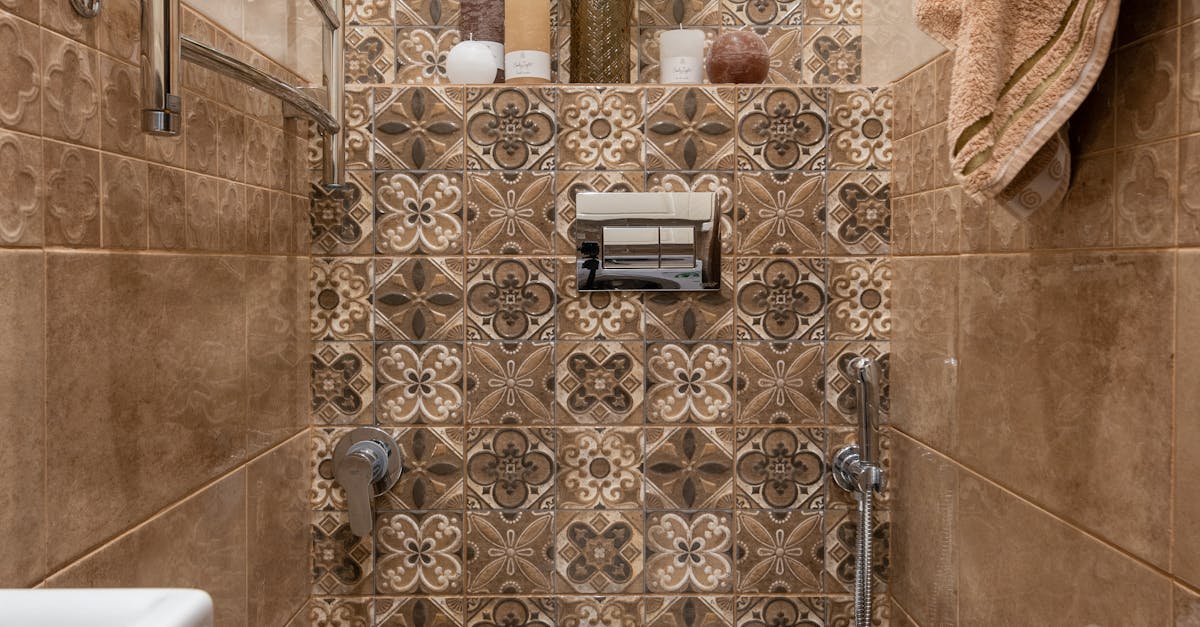
Table Of Contents
Inspecting for Clogs
When facing a toilet that won't flush, the first step is to inspect for potential clogs. Many issues arise from accumulated debris in the trap or further down the drain line. Look for any visible blockages around the toilet base or in the bowl itself. A quick visual inspection can often reveal foreign objects or excessive toilet paper that may be causing the obstruction. Such clogs generally prompt toilet repairs before considering more complex issues.
Understanding the location of the main blockage is crucial in resolving the issue. If there’s no obvious obstruction in the bowl, it's advisable to check the toilet’s flush mechanism. Ensure the flapper is functioning correctly and that the chain isn't tangled or too loose. Any malfunction in these components can contribute to a poor flush, necessitating specific toilet repairs to restore proper function.
Tools for Identifying and Clearing Clogs
When tackling toilet repairs, the right tools can make the process much easier. A reliable plunger is essential, especially one designed for toilets, featuring a flange to create a seal effectively. Additionally, having a toilet auger on hand is beneficial for more stubborn clogs. It allows access to deeper blockages that a plunger might not reach.
Another useful tool is a flashlight, which can help you inspect the toilet bowl and trap for visible obstructions. A pair of rubber gloves should also be included in your toolkit for hygiene reasons while you work on the problem. Each tool plays a vital role in understanding and addressing the specific issues causing the flush failure.
Using a Plunger
A plunger is often the first tool to reach for when tackling toilet repairs related to clogs. It is designed to create pressure that can dislodge blockages in the toilet trap or drain line. Ensure you have a good-quality plunger, preferably one with a flange, as this type is more effective for toilets. Before you start, make sure the toilet bowl has enough water to cover the rubber part of the plunger, as this helps create a better seal.
To use the plunger effectively, position it over the drain hole, ensuring a tight seal. Firmly push down to expel air before pulling up sharply. Repeat this motion rhythmically without lifting the plunger from the hole. A few vigorous pushes usually generate enough suction to break apart minor clogs. If the water begins to drain slowly, continue plunging until the flow returns to normal. Persistent clogs may require a more intensive approach, but many toilet repairs can be resolved with a proper plunging technique.
Proper Technique for Effective Use
To effectively use a plunger, ensure that you have a good-quality cup plunger, as it is specifically designed for toilets. Before you begin, it’s important to have enough water in the bowl to cover the plunger’s rubber cup completely. This water creates a proper seal that will enhance the plunger's suction and help dislodge any blockages during your efforts at toilet repairs.
Position the plunger over the drain hole and push down firmly to create a seal. Using a swift, controlled motion, pull the handle back and push down again. Repeat this action several times, maintaining a steady rhythm. If the blockage is stubborn, try varying the intensity of your plunging motion. After a few good plunges, lift the plunger and check if the water drains away efficiently, signalling a successful effort in your toilet repairs.
Trying a Toilet Auger
If a plunger does not clear the blockage in your toilet, using a toilet auger can be a more effective solution. This tool, often referred to as a plumbing snake, has a flexible cable designed to navigate bends in the toilet's trap. Begin by inserting the end of the auger into the toilet bowl, ensuring it reaches the drain opening. Turn the handle on the auger while gently pushing it further into the drain, which will help it break up or retrieve any obstructions.
When you encounter resistance, continue to turn the handle while maintaining a firm pressure. This action will help dislodge the clog from the toilet's trap, making it easier to pull out or push through. After you've successfully cleared the blockage, flush the toilet to confirm that the water flows freely. Proper toilet repairs using an auger can save time and reduce frustration, especially when dealing with stubborn clogs that resist other methods.
StepbyStep Guide to Using a Toilet Auger
Using a toilet auger is an effective way to resolve stubborn clogs when a plunger falls short. Start by ensuring you are equipped with a standard toilet auger, which features a long flexible cable and a special head designed for navigating the bends of your toilet's plumbing. Position the auger so the head enters the toilet bowl and begin to feed the cable through the opening. Be cautious to avoid scratching the porcelain.
Once the head is submerged, start winding the handle clockwise to extend the cable deeper into the toilet's trap. Apply gentle pressure while turning the handle to break up or pull out the obstruction. If you encounter resistance, continue to twist and push until the blockage clears. Following this process can significantly aid in your toilet repairs, saving you time and hassle in the long run.
FAQS
What are the common reasons a toilet won’t flush?
Common reasons include clogs in the toilet or plumbing, a faulty flapper valve, a malfunctioning fill valve, or low water levels in the tank.
How can I tell if there’s a clog in my toilet?
Signs of a clog include water rising in the bowl when you flush, slow draining, or unusual gurgling sounds coming from the toilet or pipes.
What tools do I need to fix a clogged toilet?
Essential tools include a toilet plunger, a toilet auger, rubber gloves, and potentially a bucket for excess water.
Is using a plunger effective for all types of clogs?
A plunger is effective for most clogs, especially those caused by toilet paper or waste. However, it may not work for more stubborn or deeper clogs.
When should I use a toilet auger instead of a plunger?
Use a toilet auger when a plunger fails to clear the clog, particularly if the blockage is further down the drain line or involves foreign objects.
